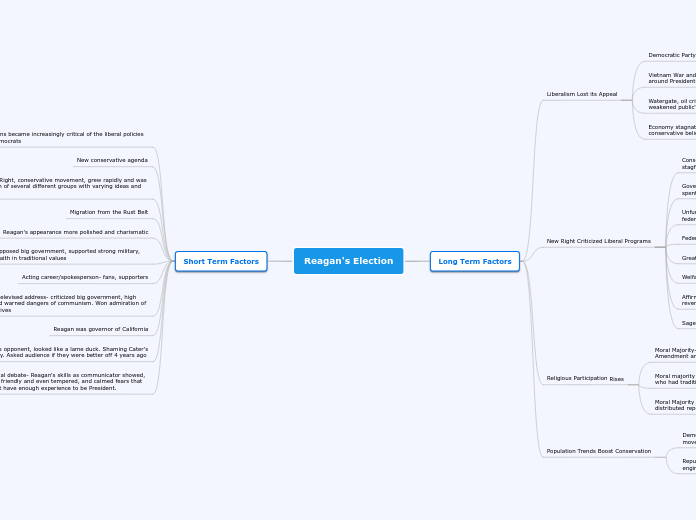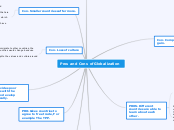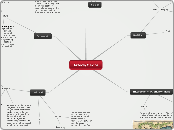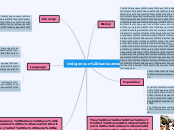af Elise Hermann 6 år siden
204
Reagan's Election
The rise of conservatism in the late 20th century is attributed to several long-term and short-term factors. Demographic and population trends played a significant role in bolstering the conservative movement, as many Americans began to see liberalism as less appealing due to economic stagnation and disillusionment with government scandals like Watergate.









